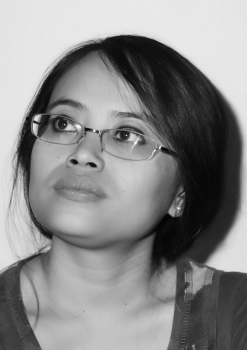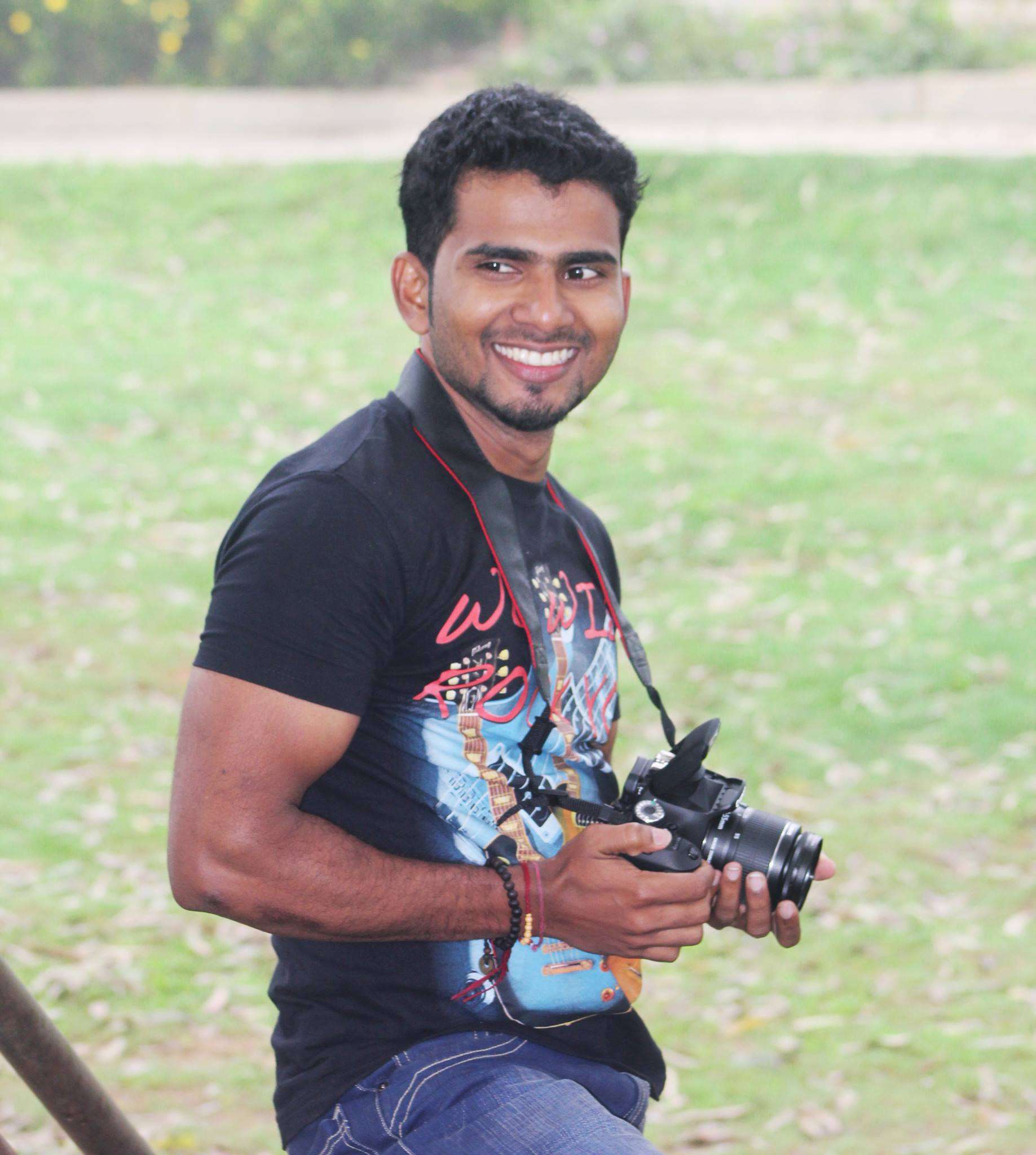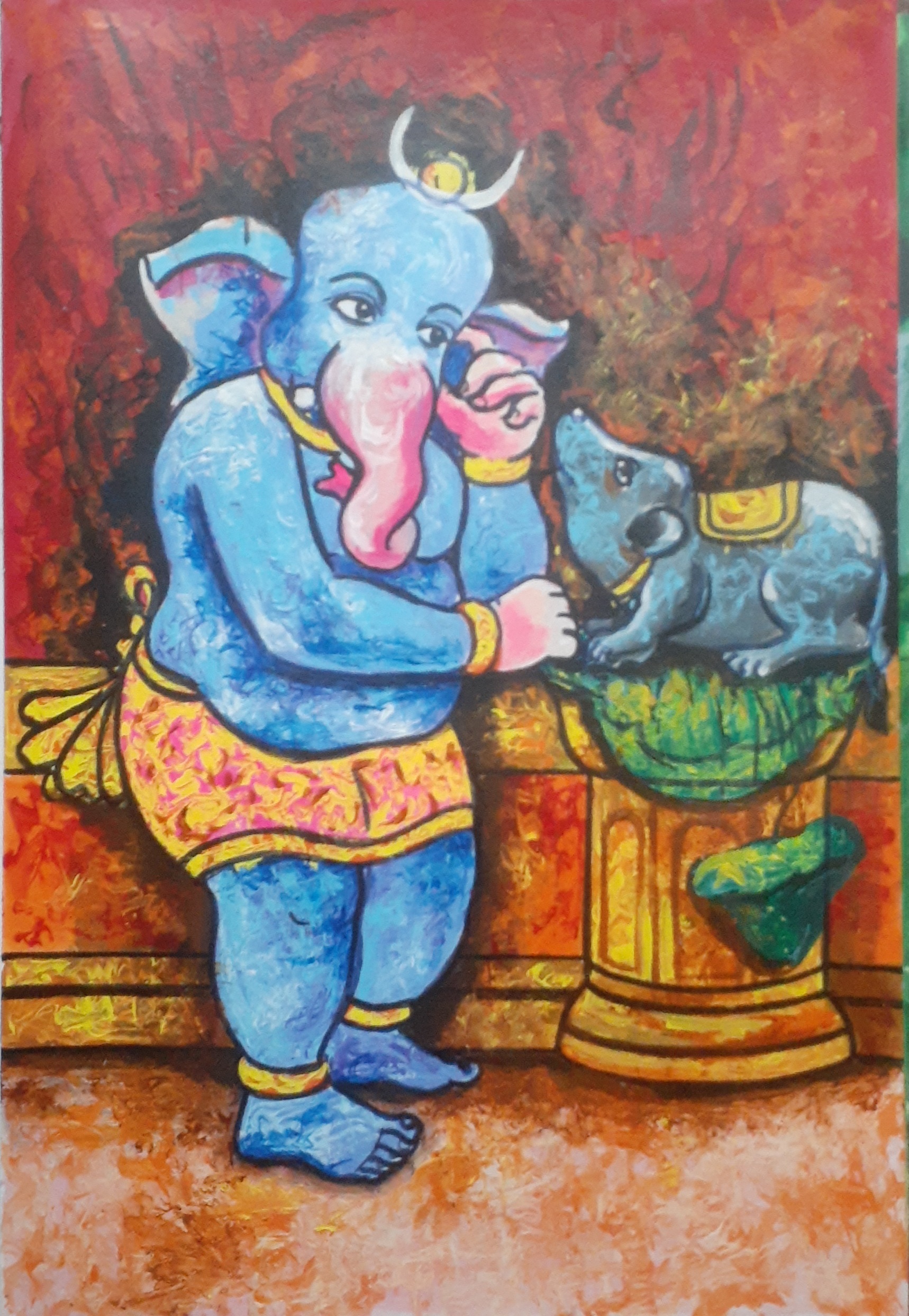
Once, French poet and critic Simone Weil famously said, "Art is the most beautiful of all lies," perfectly encapsulating the mysterious world of abstract paintings.
Indian abstract artists have carved out a niche for themselves in the vibrant tapestry of global artistry by deftly fusing modern and tradition. This unique type of artistic engagement that captivates the senses and transcends cultural boundaries is the consequence of the combination of tradition and current expression.
"Art, like beauty, is only as good as the eyes that see it." But what happens on the canvas of an abstract masterpiece when tradition and modernity clash?
Well, this blend of modernity and tradition is more than simply an artistic endeavor; it's a narrative that emerges via color choices and brushstrokes, creating a story that honors India's traditional values while embracing the spirit of the present.
Therefore, to fully comprehend this intricate dance, one must delve into the three-dimensional canvases created by Indian artists, where each brushstroke narrates the story of tradition's graceful development in the company of the avant-garde.
Now in this comprehensive article, we'll discover the secret of how Indian artists skillfully blend strong modernist elements with traces of their cultural past in the realm of abstract painting.
The canvas is turned into a metaphorical arena where tradition and modernity dance together in a way that defies expectations and captures the eye, producing art that is not limited by space or time.
The Evolution of Indian Abstract Paintings

To comprehend the fusion of tradition and modernity within Indian abstract paintings, it is imperative to delve into the evolutionary trajectory of abstract art within the Indian milieu. This odyssey commenced in the mid-twentieth century with the establishment of the Progressive Artists' Group—a pioneering movement driven by the aspiration to liberate art from the shackles of conventional academic painting, championing a more exploratory and individualistic methodology.
Pioneering artists of this movement, including luminaries like M.F. Husain, S.H. Raza, and Tyeb Mehta, among others, played a pivotal role in introducing abstract elements into the realm of Indian painting. Their artistic endeavors marked a departure from established norms, signaling a transformative phase in the narrative of Indian art.
Traditional motifs changed into abstract forms on the canvas, which became a creative playground. A new era in Indian paintings emerged during this revolutionary period, one in which modernism and tradition coexisted in vibrant harmony.
Ways to Blend Tradition with Modernity in Indian Abstract Paintings
Here, we will address a few top ways to blend modernity with tradition in abstract painting. Let’s examine each of them!
1. A Symphony of Roots: Tradition's Influence
Indian abstract artists get their inspiration from a rich cultural heritage spanning generations. Their art is infused with the symphony of roots, which manifests itself in themes, symbols, and narratives that harken back to Indian customs. The canvas becomes a medium for the breathing and changing of tradition, from folklore to old texts.
For Instance:
Artists like Raza and Hussain depict traditional Indian symbols like the flower, peacock, and even legendary elements. With each brushstroke paying tribute to earlier artistic traditions, the canvas transforms into a mirror that reflects the essence of Indian culture.
2. Breaking Chains of Conformity: Bold Modern Strokes
While tradition serves as the foundation, modernity adds a bright and dynamic vitality to Indian abstract paintings. The artists deviate from established norms by experimenting with unconventional techniques, materials, and perspectives. This daring technique calls into question traditional narratives while stretching the bounds of artistic expression.
For Instance:
The work of contemporary artists such as Bharti Kher and Subodh Gupta exemplifies this departure from the norm. Kher's unconventional use of bindis and Gupta's use of everyday objects in his paintings reflect the modern artist's aim to break free from conventionalism, redefining the essence of Indian painting in the current context.
3. The Fusion: The Meeting Point of Tradition and Modernity
When tradition and modernity combine, genuine magic happens. These opposed elements are expertly combined by Indian abstract artists to create a visual discussion that appeals to viewers all around the world. The canvas transforms into a crossroads of cultures where folktales from antiquity are told in contemporary terms.
For instance:
Arpita Singh, a contemporary artist, skillfully captures this blend in her paintings. Her abstract pieces often incorporate traditional Indian imagery, but she uses vivid colors and cutting-edge techniques to transform these elements into a contemporary narrative. Singh's artwork illustrates the mobility of Indian creative expression by bridging the past and present.
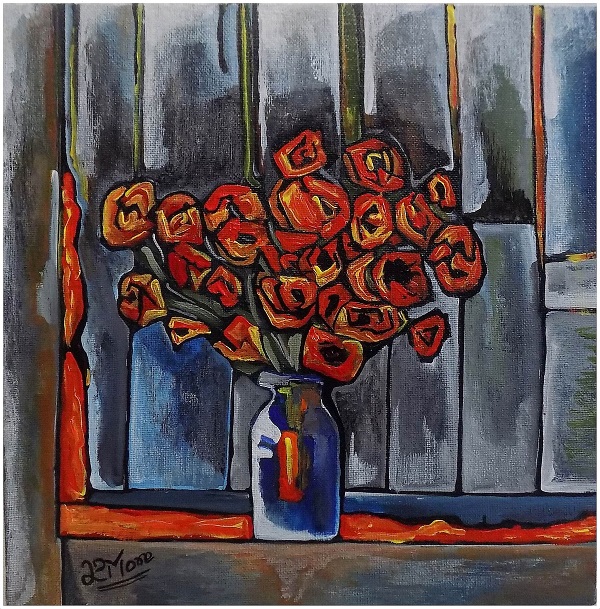
4. Obstacles and Reactions: Handbalancing
There are challenges in combining modern and traditional elements in abstract paintings. Artists have to walk a fine line between honoring the past and embracing the dynamic world of modern art. The validity of this fusion and its impact on the preservation of cultural assets are hotly debated topics among critics.
For instance:
The controversy surrounding the paintings of several contemporary Indian abstract artists, including the Progressive Painters' Group, highlights the conflict between modernity and tradition. While some find their avant-garde style admirable, others argue it lessens the essence of traditional Indian painting.
5. From Regional to Worldwide Views of Recognition:
Indian abstract paintings have gained both local and international attention due to their skillful fusion of contemporary and tradition. The richness and complexity of Indian artists' abstract narratives are being praised by the global art scene, which acknowledges their unique contribution.
For instance:
The global relevance of this fusion is demonstrated by the inclusion of Indian abstract art in prestigious international exhibits and the rapidly increasing value of Indian abstract paintings in international art auctions. The success of artists like Tyeb Mehta and Nasreen Mohamedi, who skillfully combine traditional and contemporary elements, has made them well-known not just in India but also beyond.
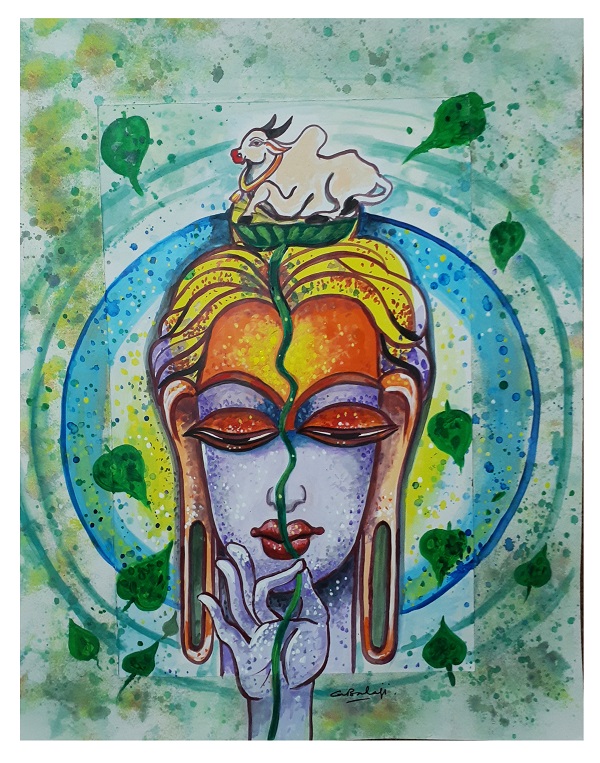
Read More: Abstract Paintings: Exploring the Powerful Side of Artistic Freedom
Bottoming Up!
Indian artists are master storytellers, skillfully fusing traditional and modern elements on the canvas in the tangle of abstract art, where hues and forms weave an illusory picture. "Art is the most beautiful of all lies," as Simone Weil so eloquently put it, and our research into Indian abstract paintings has shown a truth that cuts across space and time.
We started our journey by analyzing the canvas's clash of modernity and tradition. Instead, a harmonious dance—a symphony that gives life to the brushstrokes and hues—took place, producing a story that honors India's rich historical traditions while embracing the spirit of the modern.
The dynamic history of Indian abstract art provided a solution to the primary question—how can Indian artists integrate tradition and modernity in abstract paintings? We followed the roots of the Progressive Artists' Group, saw classic themes transformed into avant-garde interpretations, and investigated how artists managed the delicate balance between maintaining legacy and embracing modernity.
It's an invitation to the readers as we stand at the confluence of tradition and modernity in Indian abstract painting. Share your opinions on the delicate tango between tradition and modernity in the comments. What artists or artworks speak to you? Your contributions can help to enrich this discussion.
To further your exploration, kindly subscribe to our newsletter, ensuring that you stay abreast of the latest developments in the spheres of art, culture, and creativity. Your subscription not only serves to keep you well-informed but also facilitates our ongoing delivery of intellectually stimulating content for your enjoyment.
FAQs:
Why do Indian abstract artists attempt to merge tradition with innovation?
Indian artists intricately weave together the tapestry of history and modernity, forging a unique visual lexicon that mirrors the opulence of their cultural heritage while adeptly embracing the evolving dynamics of the contemporary world. This amalgamation affords artists the ability to craft narratives that resonate with audiences both on a local and global scale, effectively bridging the divide between traditional values and avant-garde expressions.
How do Indian artists incorporate traditional aspects into abstract paintings?
Indian artists occasionally include traditional themes in abstract paintings by abstracting well-known symbols such as lotuses, peacocks, or legendary features. They use a variety of techniques, such as symbolic colors and unconventional interpretations, to seamlessly merge traditional elements into the abstract story.
What challenges do Indian artists face while fusing modernity and tradition in their abstract works?
Artists sometimes have to reconcile honoring tradition with adopting contemporary creative tendencies, which may be a challenging undertaking. Regarding the legitimacy of the fusion and its impact on the preservation of cultural assets, there could be debates and objections. Reaching this equilibrium requires walking the fine line between creativity and maintaining cultural identity.
What is the response of the global art community to Indian abstract paintings that combine tradition and modernity?
Indian abstract paintings that blend tradition and modernity have received positive feedback from the global art community. Indian artists have participated in prominent exhibitions and had their artworks sold for high prices at international auctions, garnering them notoriety and appreciation on a worldwide scale. The amalgamation demonstrates the global significance of Indian abstract art by appealing to a global audience.













